The realm of sports psychology has long fascinated athletes, coaches, and spectators alike. While physical training and technical skills are often the focal points of athletic preparation, the mental game remains an underappreciated yet critical component of success. Building a strong psychological foundation isn’t just about overcoming pressure or staying motivated—it’s about cultivating resilience, focus, and an unshakable belief in one’s abilities. The interplay between mind and body in sports is undeniable, and those who master this connection often find themselves outperforming their peers, even when raw talent alone might not suffice.
At the heart of sports psychology lies the concept of mental toughness. This isn’t about being impervious to stress or fear; rather, it’s about developing the ability to navigate those emotions effectively. Athletes who excel under pressure don’t lack anxiety—they’ve simply learned how to channel it. Take, for example, a basketball player stepping up to take a game-winning free throw. The crowd is roaring, the stakes are high, and the weight of the moment is palpable. What separates the great from the good in this scenario isn’t just shooting technique but the capacity to quiet the mind, focus on the process, and trust in countless hours of practice.
Visualization is another powerful tool in an athlete’s mental arsenal. Many top performers across various sports incorporate detailed mental rehearsals into their training regimens. This goes beyond merely imagining success; it involves engaging all the senses to create a vivid, immersive experience. A downhill skier might visualize every turn, every shift in balance, even the sound of skis carving through snow. By repeatedly mentally simulating their performance, athletes strengthen neural pathways, making the actual execution feel more familiar and controlled. The brain, in many ways, doesn’t distinguish between a vividly imagined action and a real one, which is why this technique can be so transformative.
Self-talk is another cornerstone of mental conditioning. The dialogue athletes have with themselves—whether during training or competition—can either propel them forward or hold them back. Negative self-talk, such as dwelling on mistakes or doubting one’s abilities, can quickly erode confidence. Conversely, constructive self-talk reinforces focus and determination. Phrases like "next play" or "stay present" serve as anchors, redirecting attention to what’s controllable. The language athletes use internally shapes their emotional state and, by extension, their performance. It’s not about unrealistic positivity but about fostering a mindset that’s solution-oriented and resilient.
One of the most challenging aspects of mental conditioning is managing failure. In sports, as in life, setbacks are inevitable. How athletes respond to those setbacks often determines their long-term trajectory. A gymnast who falls during a routine or a soccer player who misses a penalty kick faces a pivotal moment. Will they dwell on the error, or will they use it as fuel for improvement? The ability to reframe failure as feedback is a hallmark of elite performers. They dissect what went wrong, adjust their approach, and return with renewed focus. This growth mindset turns obstacles into opportunities, ensuring that every experience—win or lose—contributes to their development.
The role of routines in sports psychology cannot be overstated. Pre-performance rituals, whether it’s a specific warm-up sequence, a breathing exercise, or even a superstition, provide a sense of control and familiarity. These routines act as psychological triggers, signaling to the brain that it’s time to perform. Tennis players like Rafael Nadal are known for their meticulous rituals between points, which help them reset and maintain rhythm. The predictability of a routine can be incredibly soothing in high-pressure situations, creating a mental safe haven amid chaos.
Another critical element is emotional regulation. Sports are inherently emotional, and while passion can be a driving force, unchecked emotions can derail performance. Learning to stay composed—whether after a bad call from a referee or an unexpected setback—is a skill that separates consistent performers from the rest. Techniques such as controlled breathing, mindfulness, and even brief moments of disengagement (like walking away to regroup) help athletes maintain equilibrium. The goal isn’t to suppress emotions but to manage them in a way that they enhance rather than hinder performance.
Team dynamics add another layer to the psychological landscape of sports. Individual mental resilience is crucial, but so is the ability to function within a collective mindset. Trust, communication, and shared goals bind a team together, especially during adversity. A basketball team down by 20 points at halftime must believe in the possibility of a comeback, not just as individuals but as a unit. The psychological interplay between teammates—how they lift each other up, hold one another accountable, and navigate conflicts—can make or break a season. Leadership within teams, whether from coaches or veteran players, plays a pivotal role in fostering this environment.
Finally, the long-term psychological journey of an athlete is worth considering. Careers in sports are often marked by peaks and valleys—early successes, slumps, injuries, comebacks. Maintaining motivation over years requires a deep sense of purpose and an ability to find joy in the process, not just the outcomes. Burnout is a real threat, particularly when the pressure to perform overshadows the love of the game. Athletes who sustain excellence over time are those who balance ambition with self-care, who celebrate small victories, and who remain connected to why they started in the first place.
Sports psychology isn’t a one-size-fits-all discipline. What works for one athlete might not resonate with another, which is why personalization is key. Whether it’s through working with a sports psychologist, journaling, or experimenting with different mental techniques, athletes must find the tools that align with their temperament and goals. The mind, much like the body, can be trained and strengthened. And in the high-stakes world of competitive sports, that mental edge often makes all the difference.

By /May 21, 2025

By /May 21, 2025

By /May 21, 2025

By /May 21, 2025

By /May 21, 2025

By /May 21, 2025

By /May 21, 2025
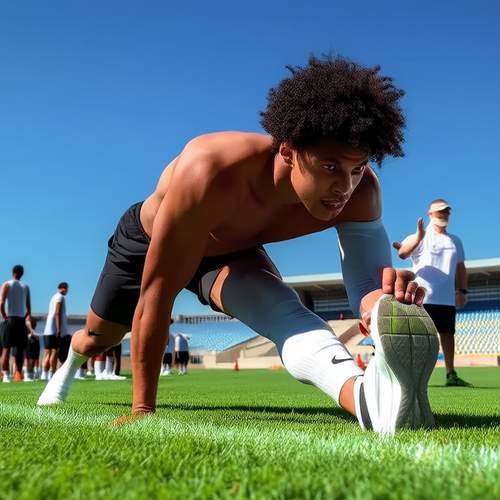
By /May 21, 2025

By /May 21, 2025
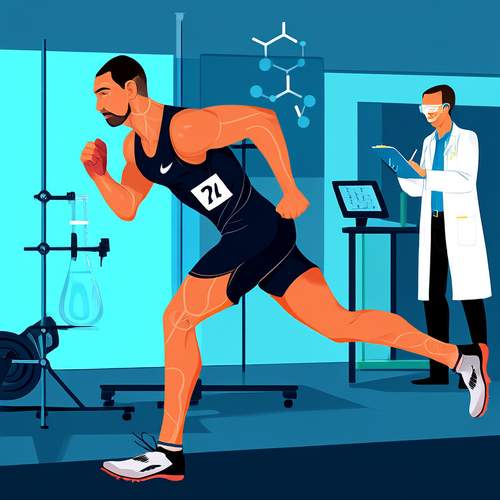
By /May 21, 2025

By /May 21, 2025

By /May 21, 2025

By /May 21, 2025
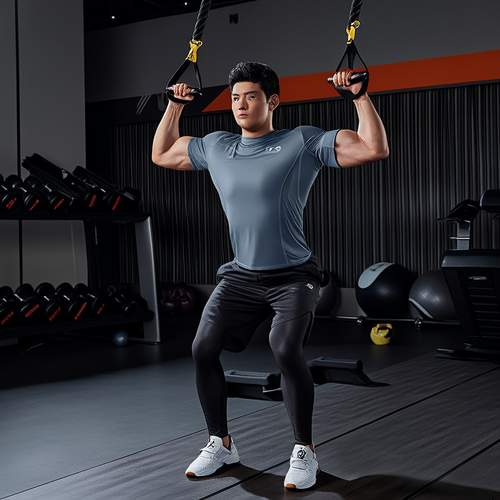
By /May 21, 2025
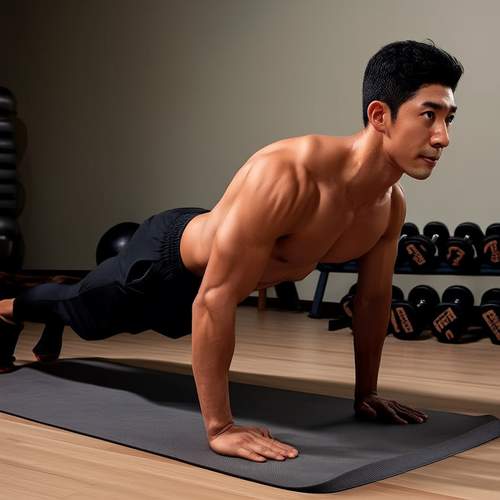
By /May 21, 2025

By /May 21, 2025
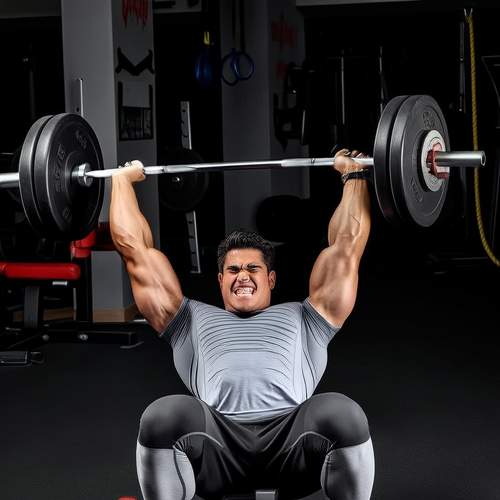
By /May 21, 2025

By /May 21, 2025

By /May 21, 2025

By /May 21, 2025